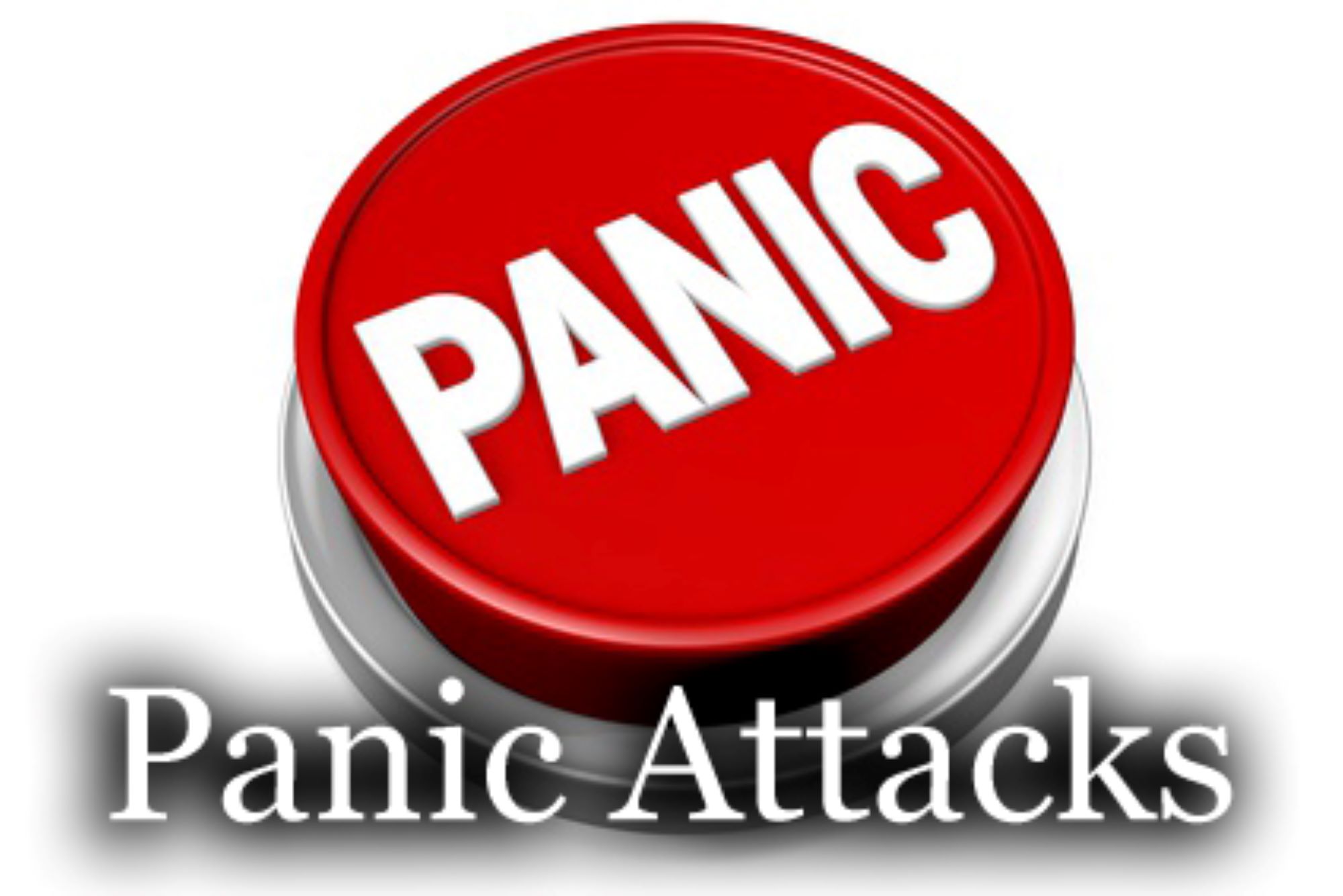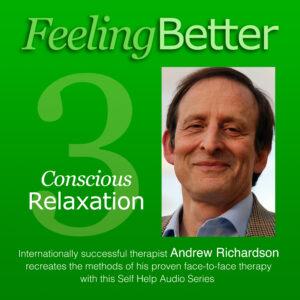Panic Attacks
An anxiety will manifest as panic attacks or an anxiety attack when the body is preparing to fight or to flee but nothing comes of it. And then the body in effect goes into a panic mode which causes great discomfort and fear.

Panic Attack Treatment – how to overcome quickly
When the body is still and there is no action, there can be a panic attack. The body is being prevented from fighting or fleeing which is what it is setting up to do. And then the panic attack itself can be a source of trauma that leads to a self-feeding, escalating vicious cycle.
Thankfully, panic attack treatment is typically straightforward – a combination of learning tools and if necessary the traumatising the memory of the attack.
Begin at the beginning – what is the physiology of Panic attacks
Oxygen is a very sticky molecule and without the aid of carbon dioxide it cannot be readily released to be absorbed by the cells that need it. And so when the oxygen is breathed out too quickly but with no action (hyperventilation) it takes precious carbon dioxide with it that have not yet done its job properly yet. With even less carbon dioxide, we feel oxygen starved (even though we are taking in plenty).
So we attempt to breathe more and more but this is the last thing we need as the availability of carbon dioxide diminishes even further and so further reducing the availability of oxygen.
The results can be severe chest pains, considerable fright, a real fear factor arising, even a fear of dying. There is trembling and shaking, difficulty speaking and so on – a terrible experience.
You are not dying and you are not having a heart attack. Your body can cope even though the signals from your primitive brain are screaming no.
Anxiety Online
How it Works
Becoming Hopeful
Depression-Anxiety Spectrum
Where are you?
Setting you in Motion
Three ways of diffusing a panic attack, when you are aware of it
Physical activity lowers emotional arousal – it is after all that the brain is telling you to do. So running or going up and down stairs – if you are fit enough to do so – will have the desired effect.
Breathing properly would work similarly – to breathe properly you need to take a deep breath in through the nose, expanding the diaphragm (place a hand over the belly button and see it rise as you breathe in) and then breathe out slowly, again through the nose. Breathe in for a count of 7 and out for a count of 11. You may need time to work up to counts this long, so start with 5 and 8, or even 3 and 5. The important thing is to breathe out for longer than you breathe in because breathing out activates the part of the nervous system which lowers emotional arousal.
The third way is to outwit the emotional brain by getting the panic attack victim thinking about something. So just ask yourself a question or anything.
This is an excellent resource for hyperventilation
My Conscious Relaxation Breakthrough Audios are a comprehensive toolkit for you to enhance your ability to relax.
Treating the consequences of Panic Attacks
De-traumatising using Rewind. The relief of the trauma and fear associated by panic attacks and the hyper-vigilance around body sensations has to be cleared and this is normally the first task of treatment.
Building a better relationship with anxiety. This is normally the next important step – as the susceptibility to panic attacks is fuelled by resistance to anxiety feelings rather than acceptance.
Go to the wisdom of Anxiety Tools Read the two truths about all projections Learn how to worry well Understand what is meant by the Observing self. Practice this useful anxiety tool AWARE
Reframing, relaxation and visualisations Relaxation advice is always worth teaching to assist in gaining control and confidence. Rehearsal work under trance may also be useful. We are now in the area of tailor-made and specific interventions.
Action to get needs met Often this is not needed as the original anxiety attack reflected special factors in a life that was working well. It is though always important to ensure that coping with the trauma around panic attacks has not endured for a substantial time – to create additional difficulties, such as agoraphobia or fears around social interaction.
